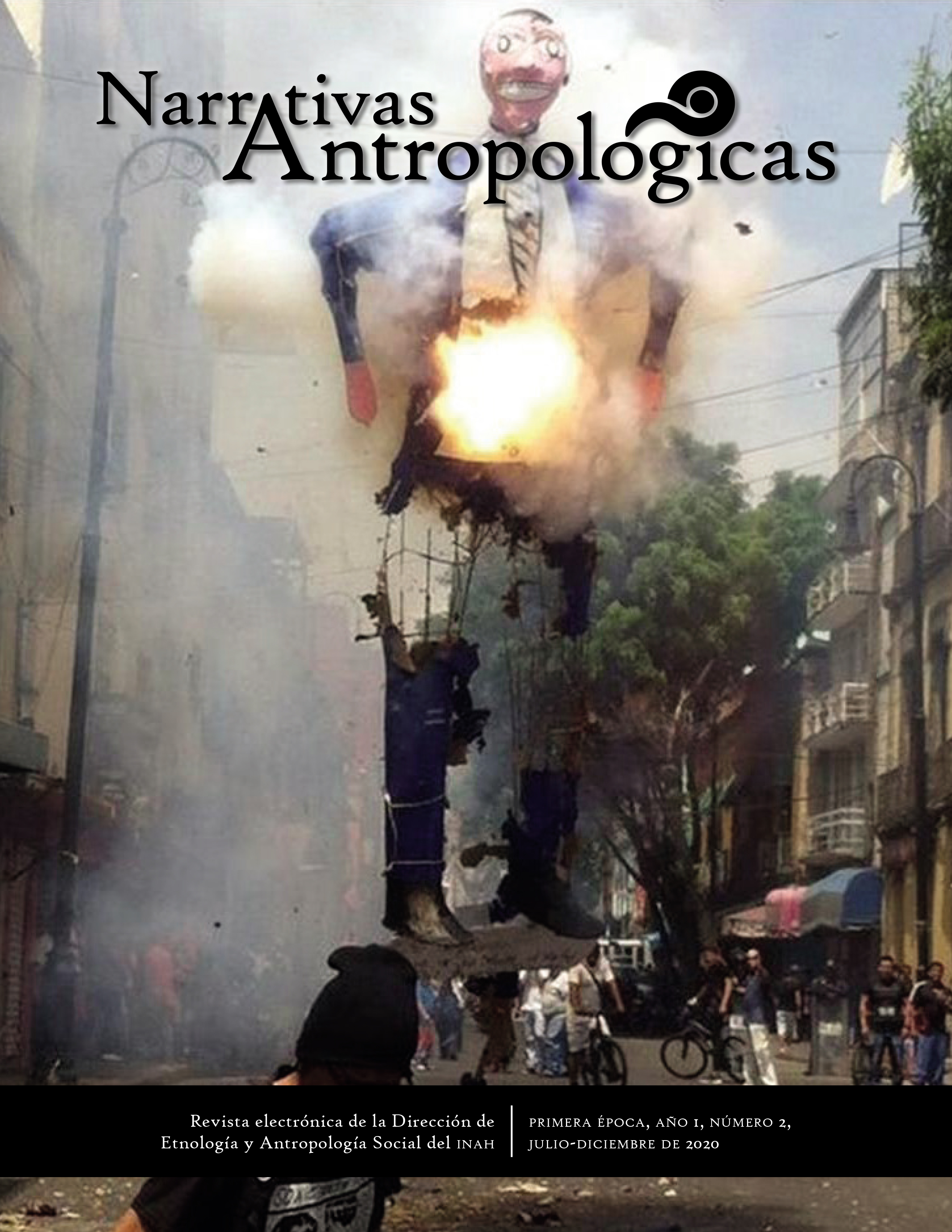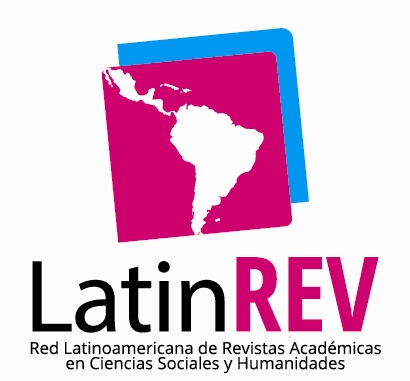La realidad virtual en la vida cotidiana de la familia urbana
Keywords:
electronic screen, cultural context, telematics, images, smart devicesAbstract
The development of telematics has allowed the production and exchange of images, voice, and data to reach incomparable dimensions, creating a new reality, known as virtual. The presence of the electronic screen, among members of urban families in the Metropolitan Area of Mexico City, is analyzed for the reception, use, and production of virtual reality and its growing importance in the culture and daily life of individuals of different generations, who live in diverse family groups today concentrated in the metropolis. It was found that telematics provides family members with better opportunities for development and communication, that there are differences in its use, depending on the age, sex, and occupation of family members, and that it impacts the way they organize and manage time and space.
Downloads
References
Aguilar Medina, José Iñigo y María Sara Molinari. Adolescencia, identidad y cultura. El caso de la Ciudad de México (México: INAH, 2008), 55-63.
Aguilar Medina, José Iñigo, Archivo de entrevistas. La pantalla electrónica (México: DEAS-INAH, 2014).
Aguilar Medina, José Iñigo, Ser viejo. La cultura de la senectud (México: INAH, 2013).
Asociación Mexicana de Internet, Hábitos de los usuarios de internet en México 2015 [PDF], acceso el 21 de abril de 2020, https://www.asociaciondeinternet.mx/estudios/habitos-de-internet?Itemid=.
Bindé, Jérome, ¿Adónde van los valores?Coloquios del siglo XXI (Barcelona: UNESCO, 2005).
Echeverría, Javier, “El neofeudalismo electrónico y su humanización”, La Palabra y El Hombre, núm. 126 (abril-junio de 2003), acceso el 15 de marzo de 2019, http://cdigital.uv.mx/handle/123456789/485.
Esteban Galarza, Mari Luz, Antropología del cuerpo: género, itinerarios corporales, identidad y cambio (Barcelona: Bellaterra, 2013).
Heller, Agnes, Historia y vida cotidiana. Aportaciones a la sociología socialista (Barcelona: Grijalvo, 1972).
Heryanto, Ariel, Identity and Pleasure: The Politics of Indonesian Screen Culture (Singapur: National University of Singapore / Kyoto University Press Japan, 2014).
Instituto Nacional de Estadística y Geografía. Censo de población y vivienda 2010 (México INEGI, 2010), acceso el 21 de abril de 2020, https://www.inegi.org.mx/programas/ccpv/2010/.
Marshall McLuhan, y B. R. Powers, La aldea global (México: Gedisa, 1991).
Roberto Hernández Sampieri, Carlos Fernández Collado, y Pilar Baptista Lucio., Metodología de la investigación (México: McGraw-Hill, 2003) 4-24.
Rodríguez López, María Isabel, “Introducción general a los estudios iconográficos y a su metodología” [PDF] (2005): 2-3, acceso el 21 de abril de 2020, http://pendientedemigracion.ucm.es/centros/cont/descargas/documento4795.pdf.
Serje, Margarita y Andrés Salcedo, “Antropología y etnografía del espacio y el paisaje. Presentación”, Antípoda Revista de Antropología y Arqueología [en linea], núm 7, ( julio-diciembre de 2008): 9-11.
Sorín, Mónica, “Cultura y vida cotidiana” Casa de las Américas, núm. 178 (1990): 39-47.
Tutton, Mark, “Designers developing virtual-reality ‘Cocoon’”, CCN London (11 de septiembre de 2008), acceso el 15 de marzo de 2019, http://edition.cnn.com/2008/TECH/09/11/immersive.cocoon/index.html.







